Key Figures
Measuring our commitment to Diversity, Equity & Inclusion
Gender Equity
In 2010 In 2021
Women in management
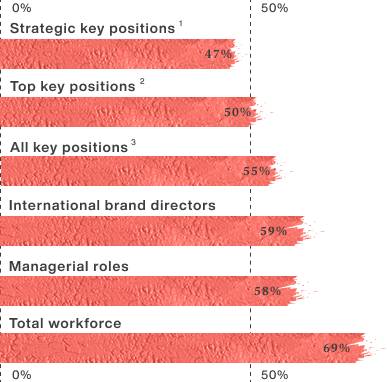
1 Strategic positions, including the Executive Committee (around 300 positions).
2 Strategic positions and key positions monitored at the Group level (around 1,500 positions).
3 Strategic positions, key positions monitored at Group level
and key positions monitored at the local/regional level. These positions represented
6.2% of Group employees as of 31 December 2021.
Women in governance
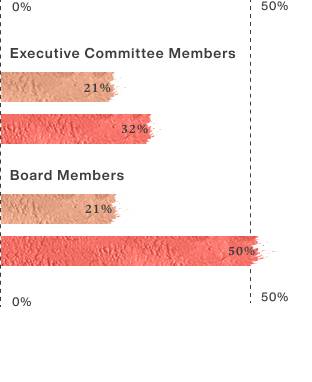
Women career development

Gender pay gap analysis in France
Since 2007, L'Oréal calls upon the Economix Institute that groups together renowned public research entities (INED, CNRS and Université Paris X), to conduct an annual gender pay gap analysis in France. The analysis has focused on median, mean and adjusted mean pay gap between men and women.
Evolution of the median gender pay gap*
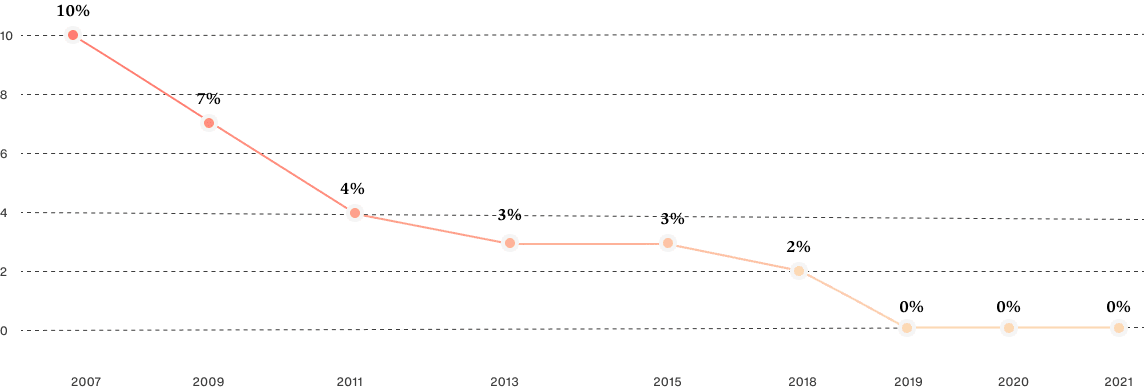
*assessed by L’Oréal as a reliable and stable measure of central tendency
Evolution of the average/mean gender pay gap
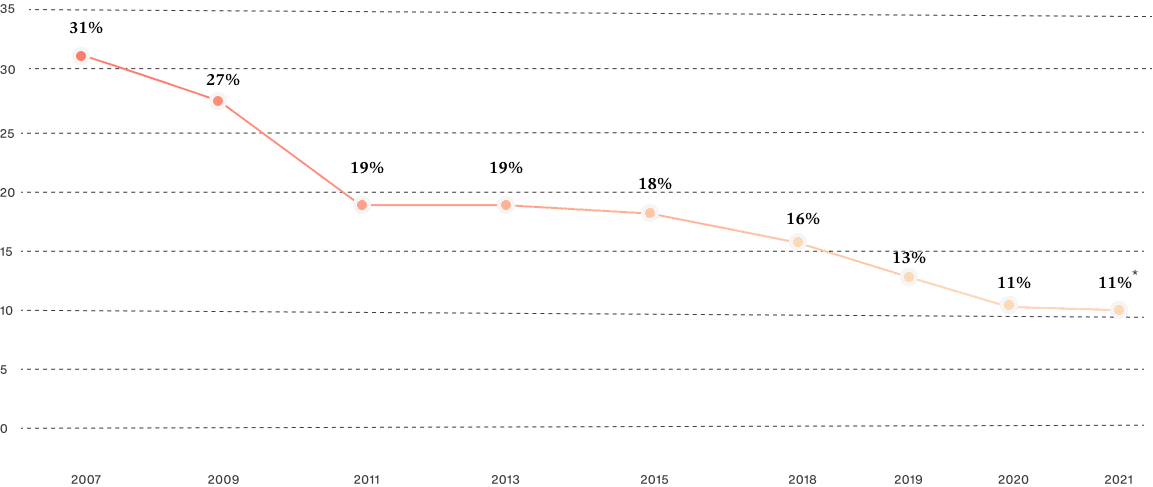
*including Executive Committee (10% without)
Analysis of average/mean gender pay gap
The "average" or "mean" pay gap for 2021 was 11% in favor of men (8% for Top Executives, 9% for Senior Management, 5% for Middle Management, 2% for Professional and -4% for Support).
The "adjusted" average pay gap, once structural effects are taken into account (all things equal), is reduced to 2.5%. The structural effects considered are, for example, level of responsibility, age, seniority and working time.
Parental Leave
14 weeks
minimum of paid leave for mothers
6 weeks*
minimum of paid leave for other new parent (fathers and co-parents)
*Started in 2019 and presently rolled out country by country.

Gender Equity Certifications
(31 countries)
For several years L'Oréal has put in place an ambitious policy on gender equity. In order to measure and evaluate the various actions implemented, the Group set up since 2011 - in half of the countries where it operates (representing 60% of the total workforce) certification processes with the following organizations:
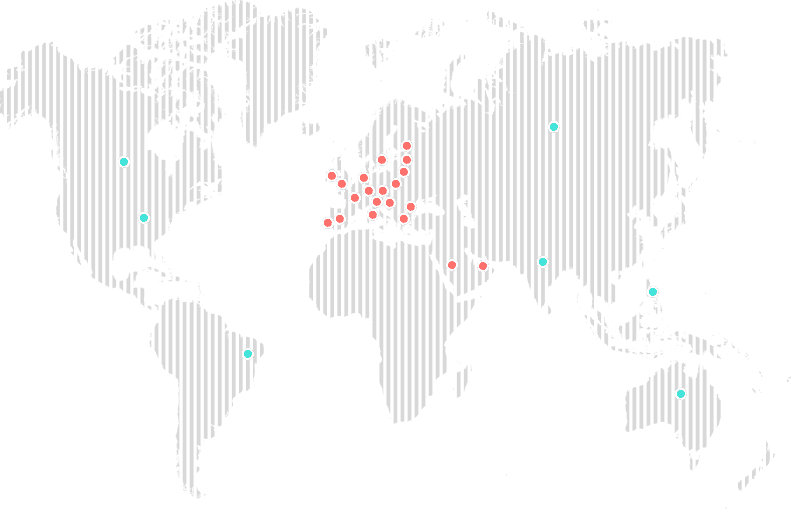
EDGE (Economic Dividend for Gender Equality)
GEEIS (Gender Equality European and International Standard)
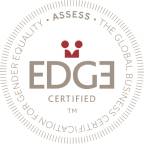
Australia, Brazil, Canada, USA, India, Russia, Philippines, Switzerland |
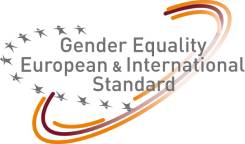
Austria, Belgium, Bulgaria, Croatia, Czech Republic, Estonia, Finland, France, Germany, Hungary, Ireland, Italy, Latvia, Lithuania, Netherlands, Poland, Portugal, Romania, Saudi Arabia, Slovakia, Slovenia, Spain, Sweden, United Arab Emirates, UK |
Disability
L'Oréal employees Worldwide with disabilities
1,509*
Total L’Oréal employees with disabilities*
(*Direct employment)
Focus on France - direct employment of people with disabilities
in 2010
in 2020
Nationality & Multicultural Origins
170
nationalities across 68 countries*
(*Consolidated companies)
Global figures regarding the Multicultural Origins of our employees are not available. Aligned with UN recommendations, each country investigating ethnic characteristics of its population must carefully define terms such as “race”, “origin” or “tribe” which may have differing connotations. By nature of the topic, categories and their definitions will vary widely from country to country; therefore no internationally accepted criteria are possible.
Age
38
Average age of our employees
15%
of our employees over 49 years old
18,342
work opportunities for people under 30 in 2021
Solidarity Sourcing with suppliers
We work closely with our suppliers, throughout our supply chain, to extend our DE&I commitments and multiply the positive impact for people who contribute to producing the materials, goods and services that we purchase globally.
Projects linked to Women's economic empowerment
beneficiaries of projects specifically related to the emancipation of women
of beneficiaries of overall Solidarity sourcing program are women
encompassing 134 local initiatives in
30 countries
women producers harvesting and cultivating natural raw materials through fair sourcing
beneficiaries working in women – owned certified companies (nearly 4 times more than 2020)
women in diverse vulnerable situations, often with intersectionality of vulnerabilities (examples: victims of domestic violence, single mothers…)
LGBTQIA+ inclusion with our suppliers
people employed full-time via suppliers who are certified LGBTQIA+-owned companies in the USA
Employment of people with disabilities
people with disabilities working for our suppliers
over the last 3 years
beneficiaries with disabilities are based in France
worldwide encompassing
141 local initiatives
in 28 countries
with 153 suppliers
Inclusion of people of all ages
senior people over 50 years of age hired by our suppliers
Including people of all socio-economic and multicultural origins
beneficiaries of Fair Sourcing projects (2/3 with women empowerment), for example in Burkina Faso, Madagascar, Thailand, India, Brazil, Mexico, Guatemala
full time jobs supported in classified rural and urban socio-economic vulnerable zones (such as ZRR and QPV in France, Distressed Zones in the USA, aspirational districts in India)
full time jobs supported for minorities, through equal opportunities practices (USA, South Africa) and also 351 jobs supported at minority-Owned certified companies (USA).
full time jobs supported for veterans or at veteran-owned certified suppliers
full time jobs for long-term unemployed people and workers in work integration social enterprises (WISE)
full time jobs supported for refugees
